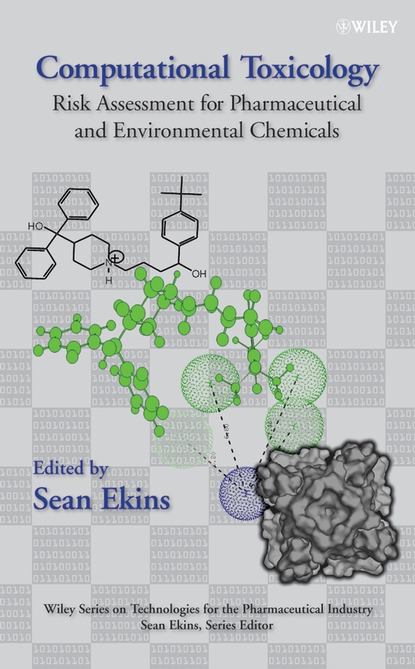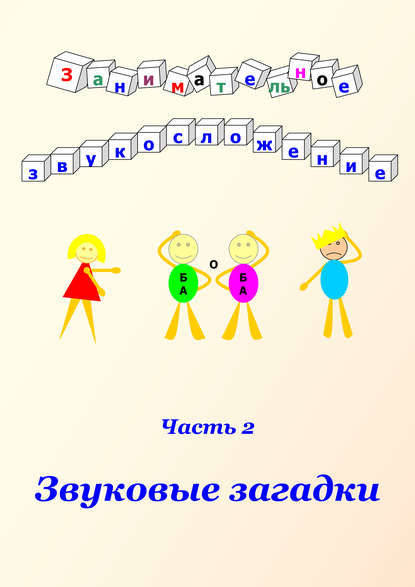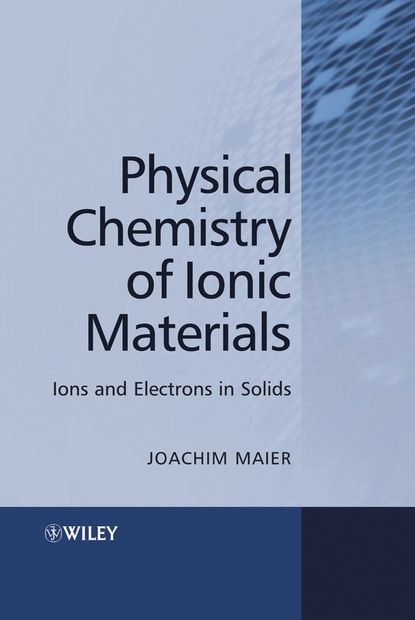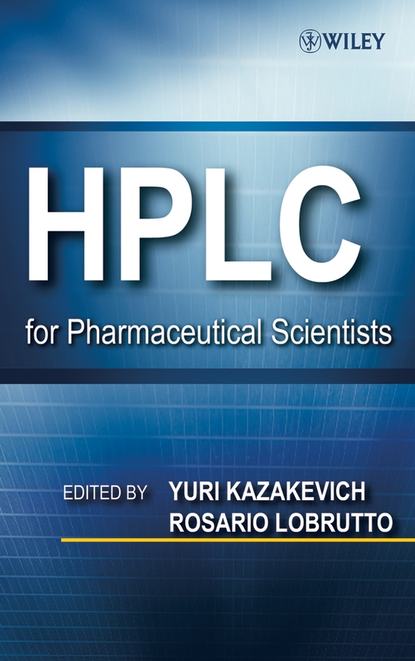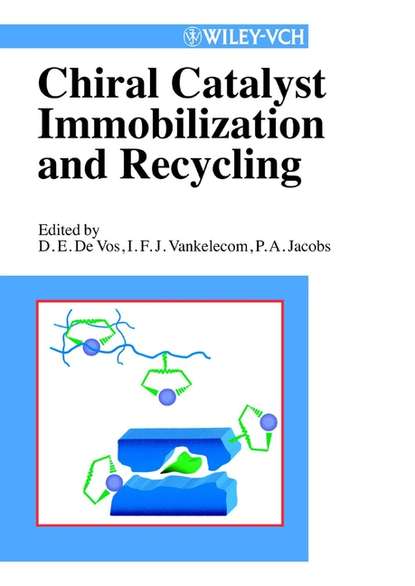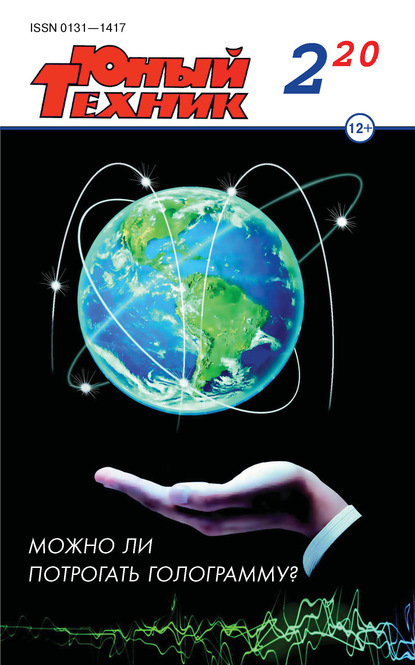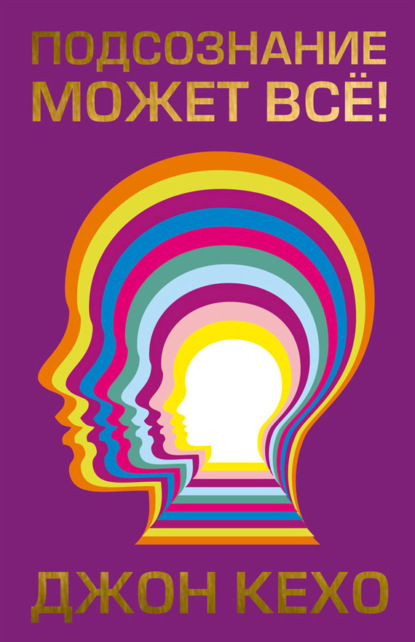Книга "Computational Toxicology" представляет собой комплексный анализ современных подходов и стратегий молекулярного моделирования, применяемых в оценке рисков для фармацевтических и экологических химических соединений. В этой книге описывается, как взаимодействие молекул с токсикологически значимыми мишенями может быть предсказано с помощью компьютерных инструментов, использующих рентгеновские кристаллические структуры или гомологию, рецепторы, фармакофоры и квантово-химические соотношения активности (QSAR) моделей человеческих белков.
Книга охватывает использование ин витро моделей, новейшие технологии и аспекты регулирования. Она предлагает полную системную перспективу предсказания оценки рисков, обсуждая экспериментальные и вычислительные подходы в деталях, включая:
- Введение в методы токсикологии и объяснение вычислительных методов
- Подробные обзоры методов QSAR, применяемых к ферментам, транспортерам, ядерным рецепторам и ионным каналам
- Разделы, посвященные применению компьютеров в оценке токсикологии в фармацевтической промышленности и в экологической сфере
- Главы, написанные ведущими международными экспертами
- Иллюстрации вычислительных моделей и ссылки для дополнительной информации
Эта книга является ключевым ресурсом для токсикологов и ученых в фармацевтической промышленности и экологических науках, а также для исследователей, занимающихся ADMET, открытием лекарств и разработкой технологий и программного обеспечения.
Sean Ekins provides a comprehensive analysis in Computational Toxicology that evaluates state-of the art molecular modeling methods. Research includes approaches utilized to assess risk for pharmaceutical and industrial chemical compounds. Ekins guides the reader through interaction prediction between toxicologically significant targets by utilizing computer based tools and incorporating X-Ray crystal structures, homology, steroid receptor pharmacophores, and QSAR models. A central chapter provides an overview of biochemical methods and explains computational techniques in depth. USES, QSAR tools utilized for enzymes, transport mechanisms, nuclear receptors and cation channels are extensively reviewed. Readers can explore applications of computers in toxicological assessment, particularly in pharmaceutical and ecological settings. Leading international experts contribute chapters with vital information and supporting facts about the subject matter. In conclusion, this is an essential reference for prospective toxicologists, researchers in pharmaceutical industries and environments, as well as those looking to participate in drug discovery and software engineers intending to make significant contributions to the field.
Электронная Книга «Computational Toxicology» написана автором Sean Ekins в году.
Минимальный возраст читателя: 0
Язык: Английский
ISBN: 9780470145883
Описание книги от Sean Ekins
A comprehensive analysis of state-of-the-art molecular modeling approaches and strategies applied to risk assessment for pharmaceutical and environmental chemicals This unique volume describes how the interaction of molecules with toxicologically relevant targets can be predicted using computer-based tools utilizing X-ray crystal structures or homology, receptor, pharmacophore, and quantitative structure activity relationship (QSAR) models of human proteins. It covers the in vitro models used, newer technologies, and regulatory aspects. The book offers a complete systems perspective to risk assessment prediction, discussing experimental and computational approaches in detail, with: * An introduction to toxicology methods and an explanation of computational methods * In-depth reviews of QSAR methods applied to enzymes, transporters, nuclear receptors, and ion channels * Sections on applying computers to toxicology assessment in the pharmaceutical industry and in the environmental arena * Chapters written by leading international experts * Figures that illustrate computational models and references for further information This is a key resource for toxicologists and scientists in the pharmaceutical industry and environmental sciences as well as researchers involved in ADMET, drug discovery, and technology and software development.
